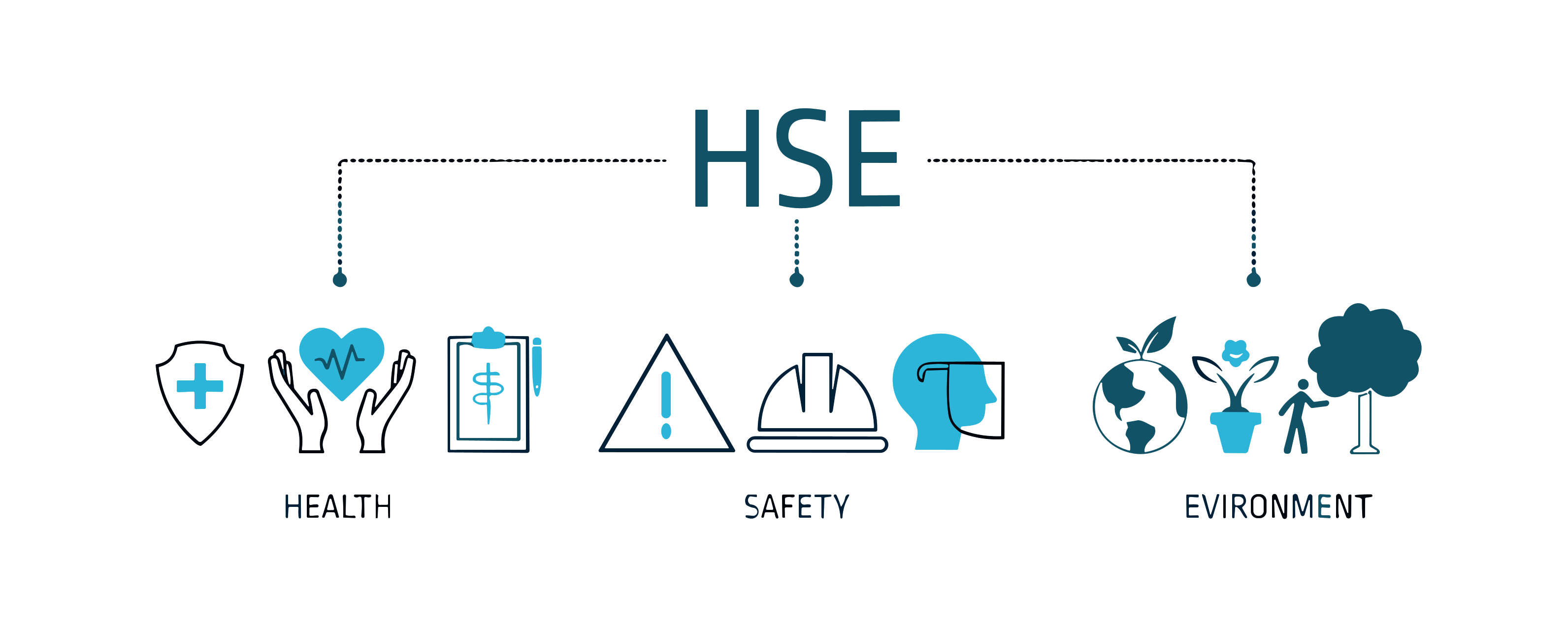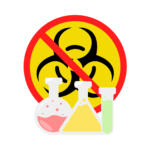Health, Safety and Environment
Our goal on HSE Spot is to provide guidelines, standards, and technical information to ensure the health and safety of employees and the environment. With dedication and leadership in the field of HSE, we have endeavored to share the best practices and practical solutions. Additionally, we enable you to get in touch with us and share your questions, feedback, and suggestions. We hope that HSE Spot serves as a valuable and inspiring resource for you to enhance health and safety in the workplace.


Health
Related Articles

Safety

Environment
Health in industries is paramount for ensuring the well-being of employees and preventing workplace hazards.
HEALTH HEADINGS

Physical Factors
Physical harmful factors can include exposure to hazardous chemicals and materials, as well as accidents and injuries caused by unsafe working conditions.

Chemical Factors
Chemical hazardous factors can lead to health risks and environmental damage, ranging from exposure to toxic substances and pollutants to the improper handling and storage of dangerous chemicals.

Biological Factors
Biological harmful factors encompass various sources that can pose threats to human health and the environment, often requiring proper hygiene practices and protective measures to mitigate risks.

Social and Psychological Factors
Social and psychological factors can significantly impact an individual's well-being, highlighting the importance of supportive communities and mental health care for overall health and quality of life.

Physiological Factors
Physiological factors refer to the internal bodily processes and conditions that can affect an individual's health, highlighting the need for medical interventions and lifestyle adjustments to maintain optimal physiological functioning.

Safety and Emergency Factors
Safety and emergency factors encompass measures and preparedness for potential hazards, ensuring the protection and well-being of individuals in times of crisis or unforeseen events.
Safety in the workplace is crucial to protect employees and prevent accidents and injuries.
SAFETY HEADINGS
Training and Awareness on Safety
Training and awareness on safety empower individuals to identify and mitigate hazards, promoting a proactive risk management culture and safer environments.
Identification and Assessment of Hazards
Identification and assessment of hazards is crucial for recognizing risks, evaluating their severity, and implementing effective preventive measures and mitigation strategies.
Personal Protective Equipment and Safety Gear
PPE and safety gear offer crucial physical protection, reducing the risk of injury and exposure to hazards in diverse environments and industries.
Safe Workplace Design
Safe workplace design prioritizes employee safety, well-being, and productivity through ergonomic principles, proper ventilation, lighting, and efficient layout.
Planning for Crises and Safety Anxieties
Planning for crises and addressing safety anxieties requires proactive strategies, emergency response plans, and support systems to ensure the well-being and peace of mind of individuals during challenging situations.
Safety Performance Monitoring and Evaluation
Safety performance monitoring and evaluation ensure continuous improvement by assessing safety measures, incidents, and compliance to enhance protocols and create a safer environment.
ENVIRONMENTAL HEADINGS

Waste Management
Waste management promotes proper handling, disposal, and recycling of waste, minimizing environmental impact and fostering sustainable practices for a cleaner future.

Water Resource Conservation
Water resource conservation aims to sustainably manage and preserve water sources for future generations, supporting ecological balance and human well-being.

Energy Management
Energy management promotes efficient and sustainable use of resources, reducing consumption and environmental impact for a resilient energy future.

Air Pollution Reduction
Air pollution reduction aims to minimize emissions, improve air quality, and protect human health and the environment for a cleaner and sustainable atmosphere.



